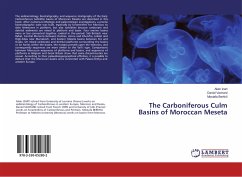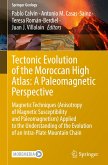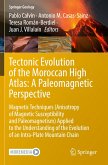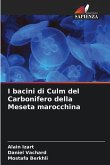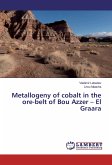The sedimentology, biostratigraphy, and sequence stratigraphy of the Early Carboniferous turbiditic basins of Moroccan Meseta are described in this book. After numerous lithologic and paleontologic investigations, a precise biostratigraphic scale was built, especially by foraminifers for Morocco to date limestones in platform, but also turbidites because carbonate and detrital sediments are mixed in platform and basin. Four marine basins more or less connected together, existed in this period: Sidi Bettach near Rabat, Central Morocco between Oulmes, Azrou and Khenifra, Jebilet and High-Atlas near Marrakech, and Eastern Meseta basins between Fès and Oujda. On mixed carbonate and detrital platforms surrounding the basins or on horsts within the basins, the eustacy prevails upon the tectonics, and consequently sequences are more similar to the Vail's type. Comparisons between Moroccan sequences of platforms and basins, and sequences of platforms in Belgium and Great Britain show that some discontinuities are coeval. According to their palaeobiogeographical affinities, it is possible to deduce that the Moroccan basins were connected with Palaeo-Tethys and western Europe.

